Rediscovering the Enigmatic Beauty of Ravana Phadi in Aihole
13 comments
In the heart of Karnataka's architectural treasure trove lies a gem that has captivated the imagination of historians, archaeologists, and tourists alike - the Ravana Phadi in Aihole. Nestled amid the lush landscapes of Southern India, Aihole is a haven for ancient rock-cut temples and structural wonders. Among these, the Ravana Phadi stands as a testament to the artistic prowess of its time, an exquisite blend of spirituality and architectural finesse.
The Timeless Appeal of Ravana Phadi
As one steps into the world of Ravana Phadi, the first thing that strikes is its ageless aura. Carved out of a single massive rock in the 7th century, this temple exudes a mystical charm that transcends time. It is believed to have been commissioned by the Chalukyan kings, a dynasty known for its patronage of art and culture.
The Artistry of the Past
What truly sets Ravana Phadi apart is its intricate rock-cut architecture. The temple's facade is adorned with ornate reliefs that narrate tales from Hindu mythology, primarily episodes from the Ramayana.
The Enchanting Facade
As you approach the temple, you'll be greeted by a remarkable facade adorned with intricately carved bas-reliefs. The craftsmanship here is nothing short of extraordinary, a testament to the skill and dedication of the artisans who brought this masterpiece to life. The stories of Lord Rama and his adventures come alive as you trace your fingers over these stone narratives.
The central panel of the facade depicts Lord Rama and his loyal devotee Hanuman. Rama's countenance exudes grace, while Hanuman stands tall, portraying his unwavering devotion. The level of detail in these sculptures is breathtaking, with every nuance of their expressions and attire meticulously carved into the rock.
As you move along the temple's exterior, you'll find scenes from the epic Ramayana etched into the stone. The battle of Lanka, Ravana's ten heads, and the abduction of Sita are all vividly portrayed, serving as a visual chronicle of this timeless tale. The reliefs are a historical treasure trove, providing invaluable insights into the cultural and artistic milieu of ancient India.
Intricate Interiors
Stepping inside the Ravana Phadi is akin to entering a sacred realm frozen in time. The interior is relatively simple compared to the ornate exterior, but it exudes an aura of solemnity and devotion. The main sanctum houses a magnificent Shiva Linga, a symbol of Lord Shiva, one of the principal deities in Hinduism.
The sculpted pillars within the temple are remarkable in their own right. Each pillar features unique designs, ranging from intricate floral patterns to mythical creatures like the makara, a mythical aquatic beast. These pillars support the ceiling, creating a play of light and shadow that adds to the temple's ethereal atmosphere.
The Enigma of the Name
One of the most intriguing aspects of Ravana Phadi is its name. The temple is not dedicated to Ravana, the antagonist of the Ramayana, as the name might suggest. Instead, it's named after a local chieftain named Ravana who was believed to have built it. This historical ambiguity adds an extra layer of mystery to the temple's allure.
Preservation and Conservation
The Ravana Phadi, like many ancient monuments, has faced the challenges of time and the elements. Over the centuries, it has weathered erosion, vandalism, and neglect. However, concerted efforts by the Archaeological Survey of India (ASI) and various heritage preservation organizations have ensured its survival.
The temple is now a protected monument, and restoration work has been carried out to stabilize its structure and protect it from further deterioration. This ongoing effort to preserve the cultural heritage of Aihole is vital in ensuring that future generations can continue to marvel at the Ravana Phadi's splendor.
A Journey Back in Time
Visiting Ravana Phadi is not just a sightseeing experience; it's a journey back in time. It's a chance to connect with the artistic and spiritual legacy of ancient India. As you stand before this magnificent temple, you can't help but wonder about the lives and aspirations of the people who created it.
The Ravana Phadi is a testament to the enduring human spirit, a reminder that art and culture have the power to transcend centuries and touch the hearts of those who encounter them. It's a place where the past whispers its stories, and where the beauty of ancient craftsmanship continues to inspire awe.
In the quiet village of Aihole, the Ravana Phadi stands as a silent witness to the ebb and flow of time. Its intricate carvings and sacred sanctum beckon travelers from across the world, offering a glimpse into the rich tapestry of India's cultural heritage. As you explore its captivating facade and contemplate the stories it tells, you'll find yourself transported to a bygone era, where art and spirituality converged to create something truly extraordinary.
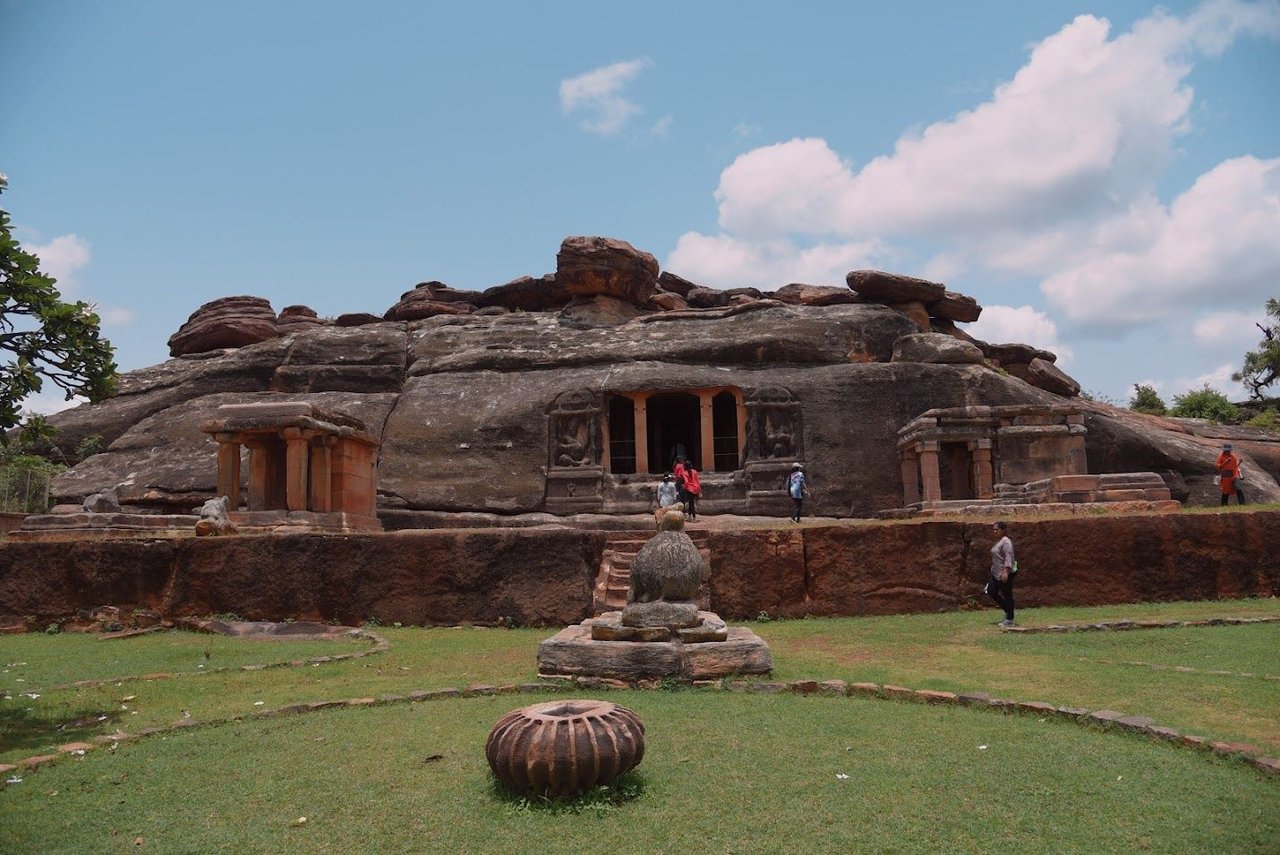
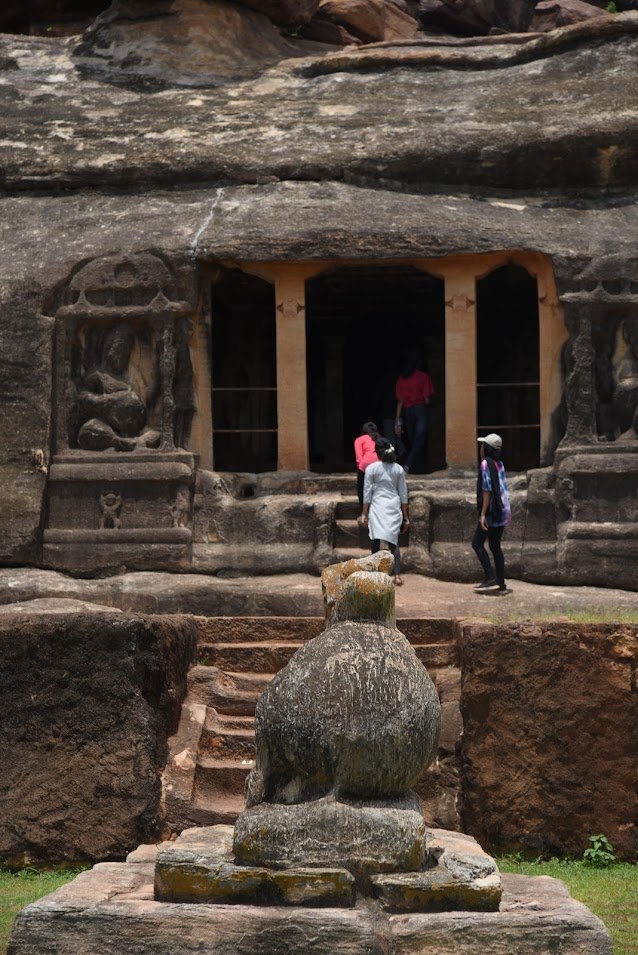
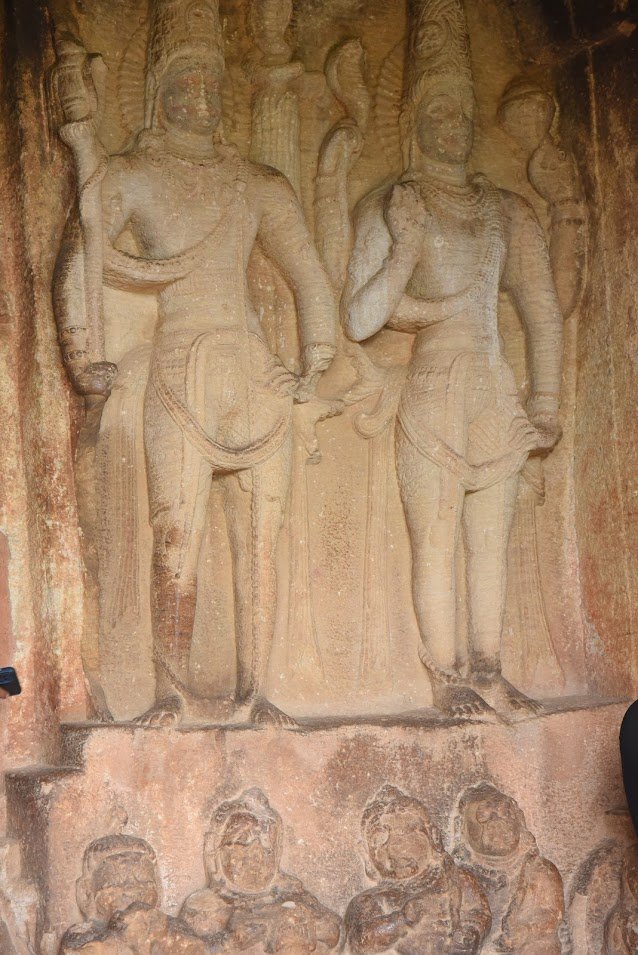
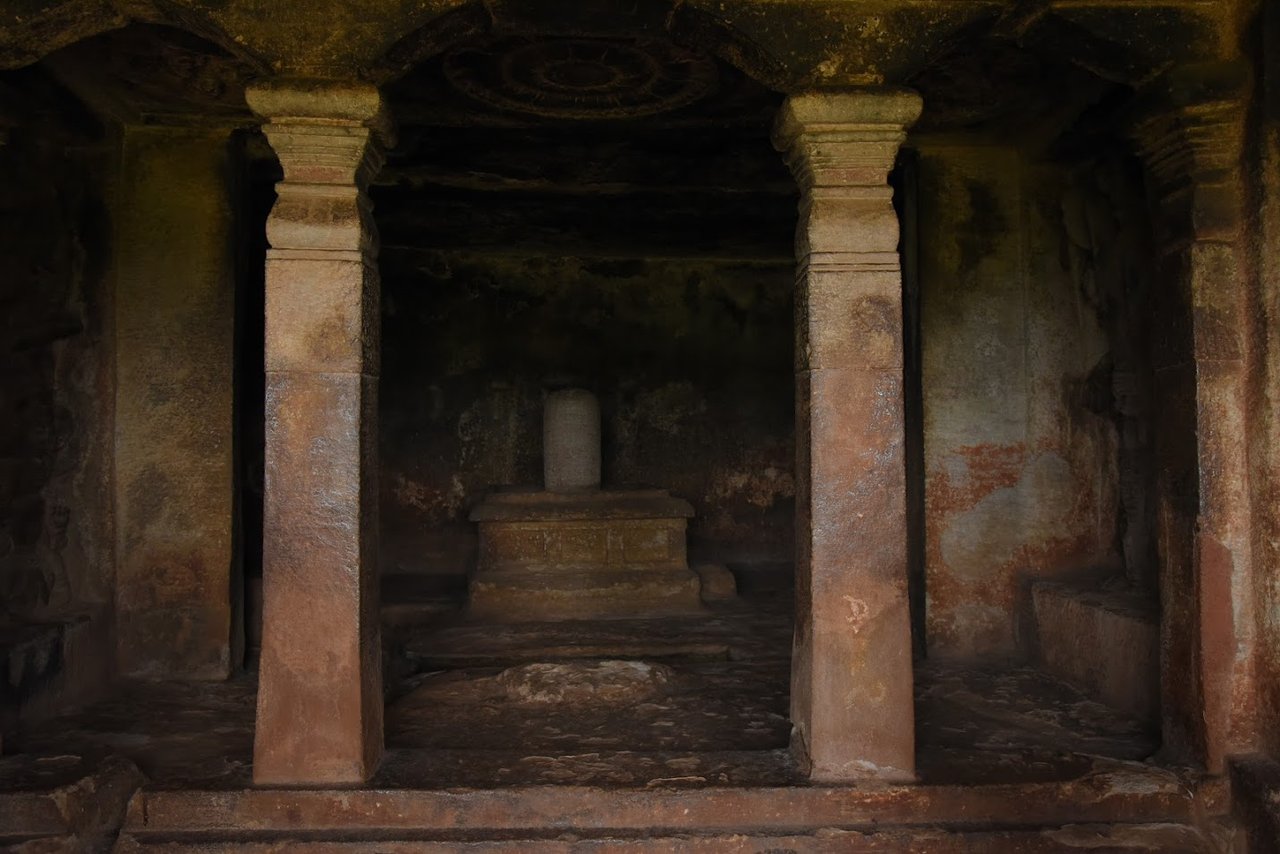
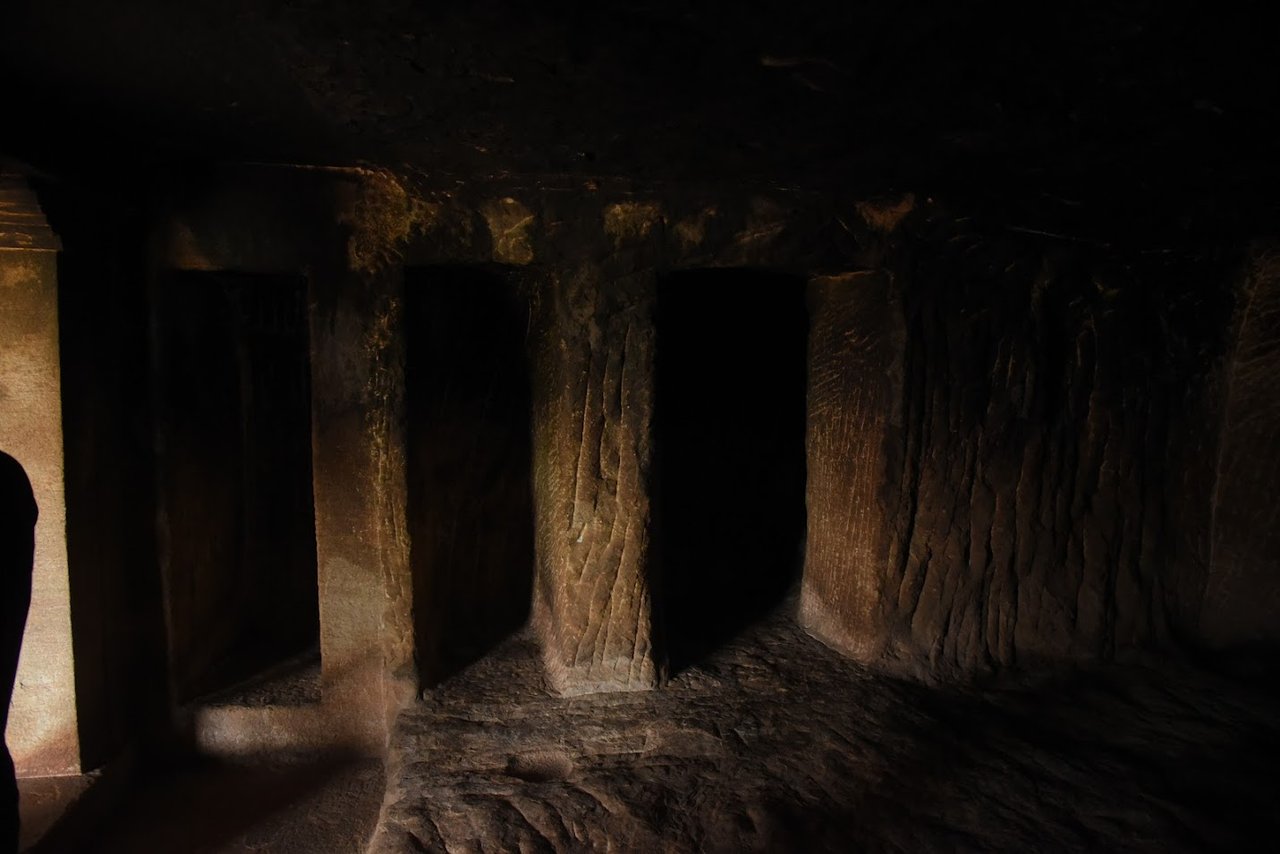
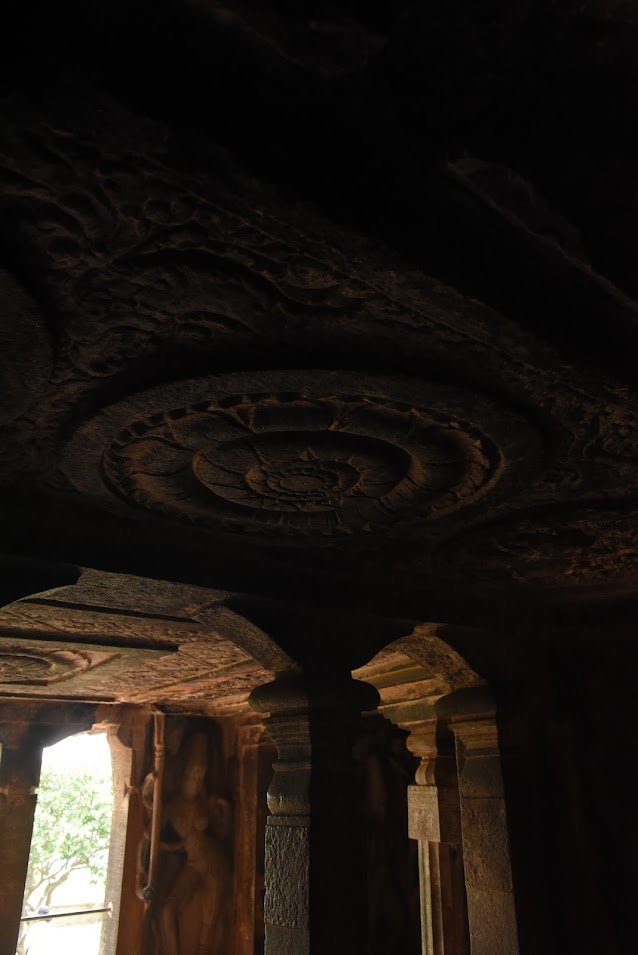
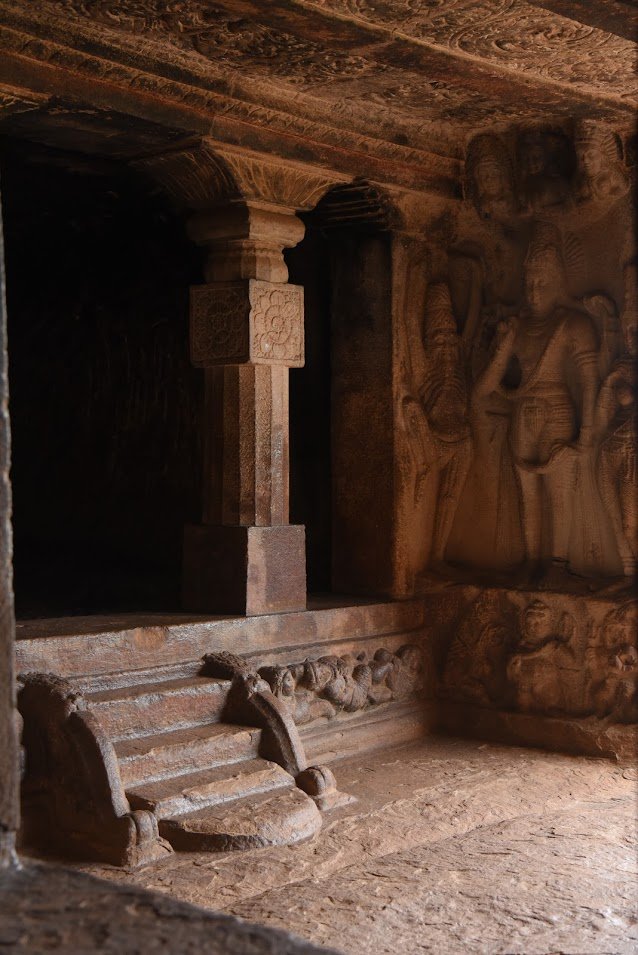
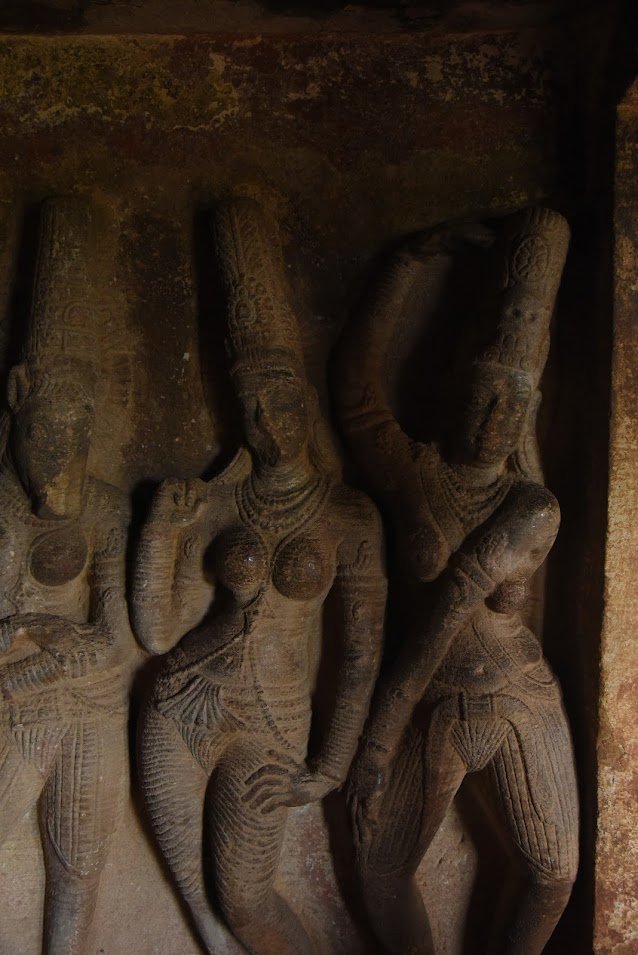
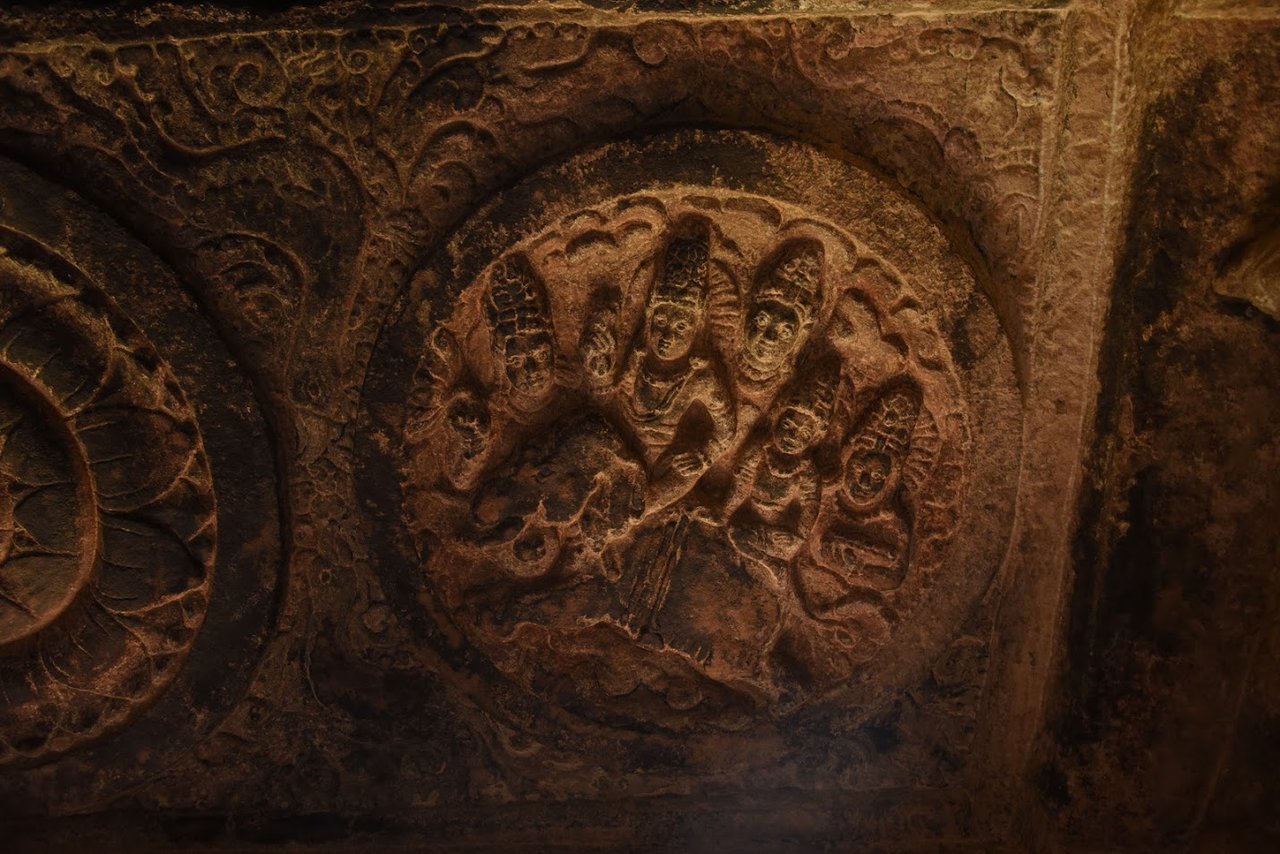

Comments